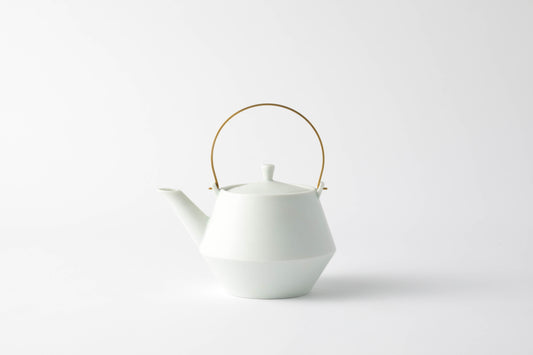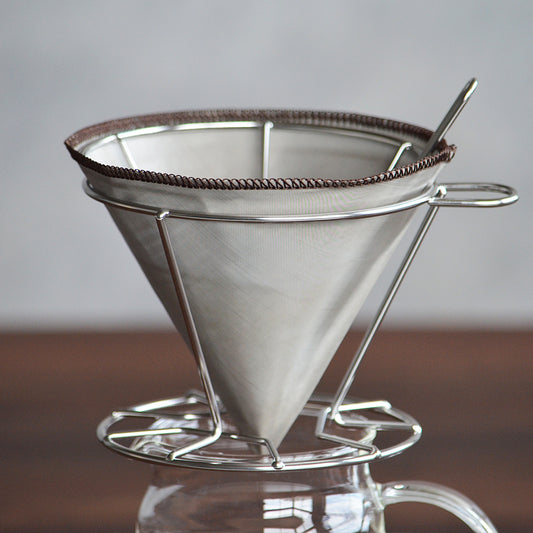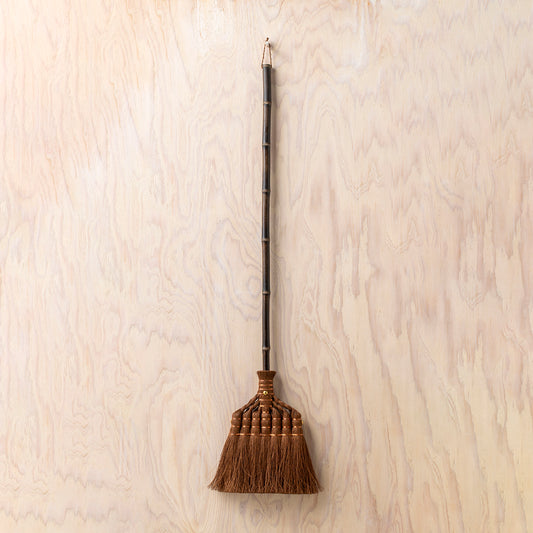有限会社冨岡商店
Tea canister Sakura (M)
Tea canister Sakura (M)
Supplementary product information
Supplementary product information
Production area: Akita Prefecture
Size:
・(Height) 110mm
・(Diameter) 70mm
Materials: Cherry bark, natural wood, plywood, polished finish
Usage precautions: Avoid leaving the product exposed to direct sunlight, near heat sources such as stoves, or in humid locations, as these conditions may cause the cherry bark to peel off and shorten the product's lifespan.
Couldn't load pickup availability
This charming tea caddy features "sōkawa-zukuri" (all-bark construction) using sakura bark (mountain cherry bark) for the cylinder's surface and interior, as well as the lid, adorned with cherry blossoms crafted from sawa-kurumi (Japanese walnut) kyōgi strips. The sakura bark on the tea caddy's surface is dried for extended periods, then shaved until thin and polished to create a lustrous finish. This process allows the natural grain patterns of the trunk to appear directly on the surface, giving each piece a unique character. Additionally, sakura bark possesses excellent breathability and moisture permeability that maintains optimal humidity levels, along with antibacterial properties. Furthermore, through the craftsman's meticulous handwork, it achieves high airtightness, making it ideal for storing delicate tea leaves. The amber color of the sakura bark deepens with use, developing a beautiful patina over time.
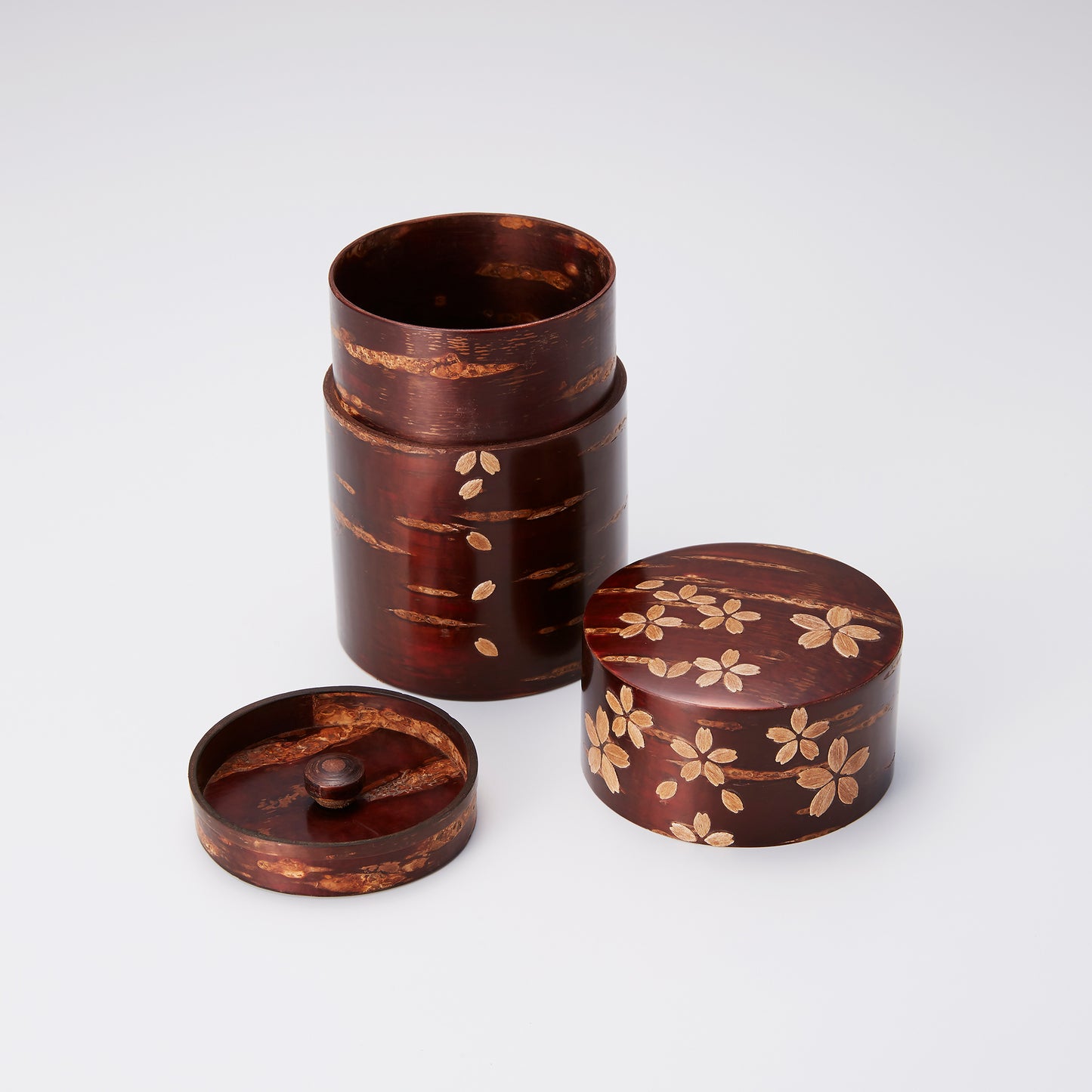
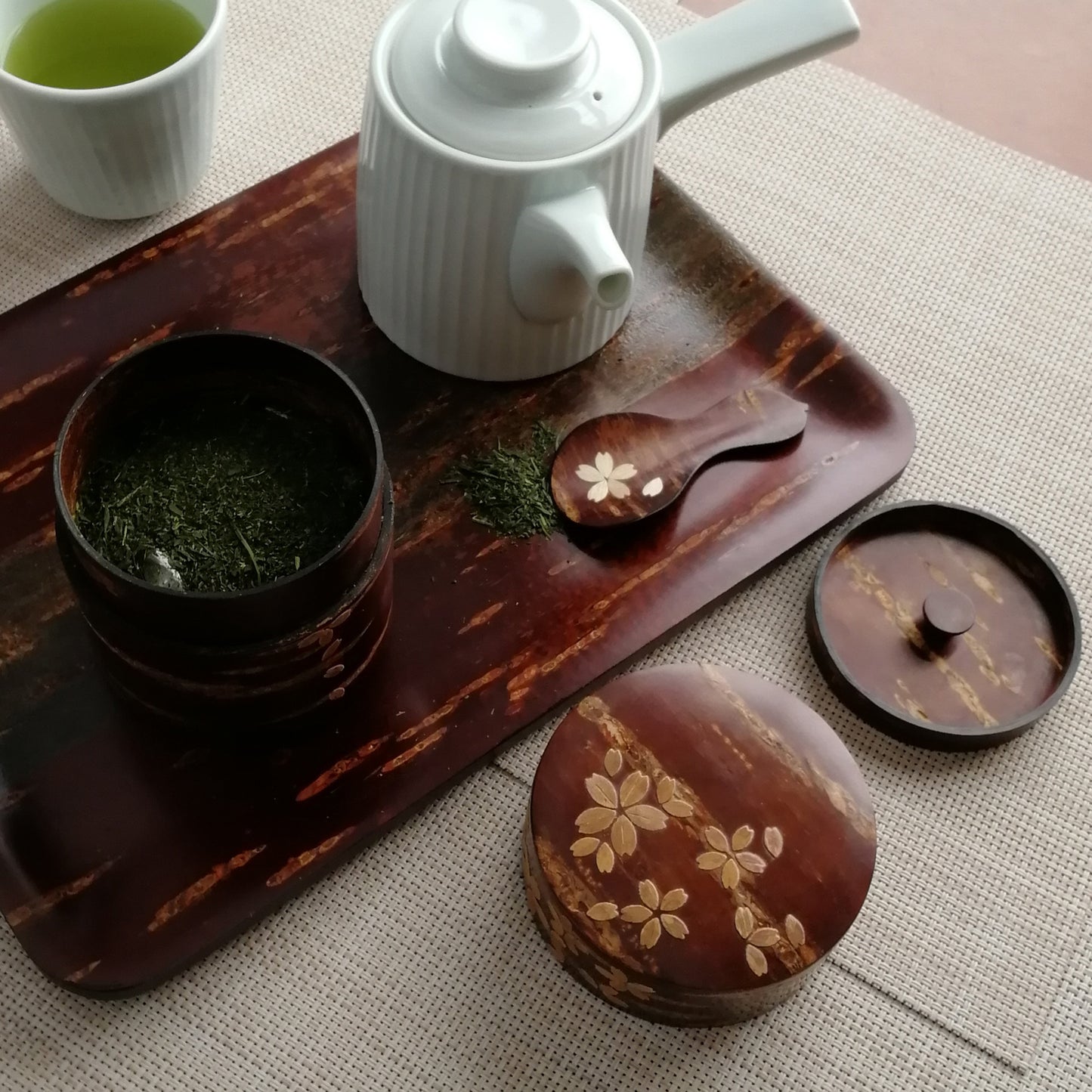
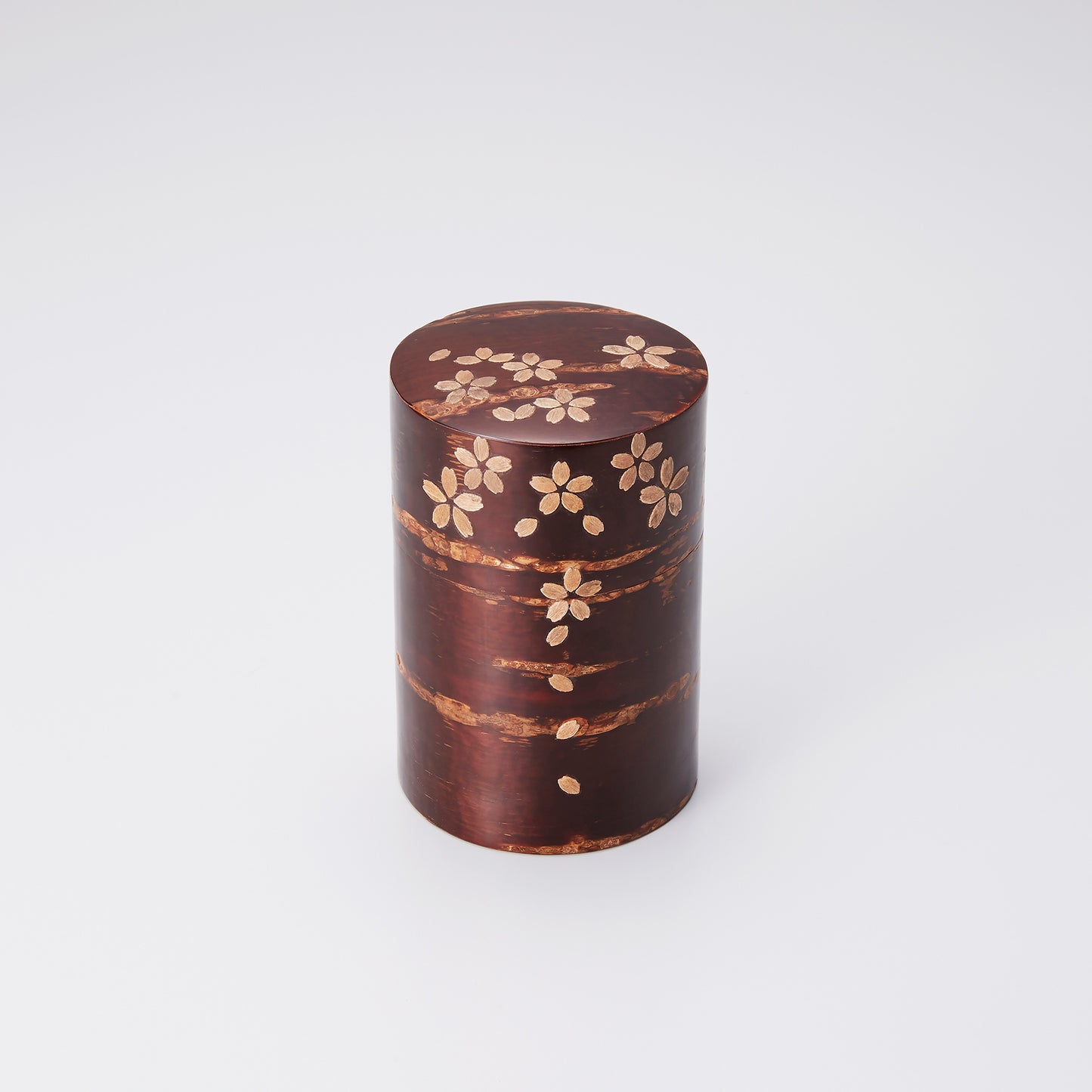
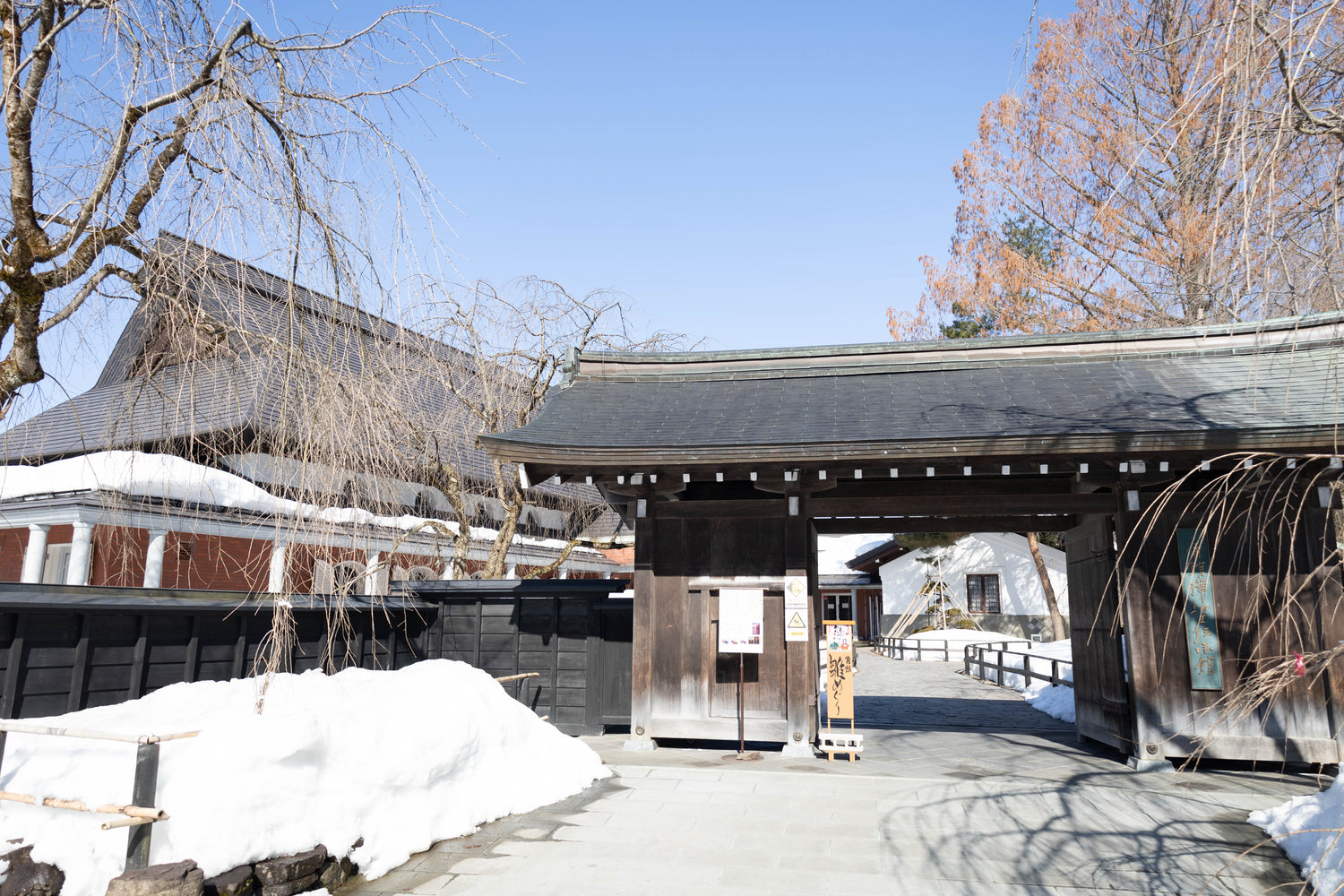
The History of Kabazaiku
Kaba-zaiku originated when samurai from Kakunodate mastered the traditional technique of working with "mountain cherry bark" that had been passed down in the Ani region of northern Akita Prefecture since the mid-Edo period. Initially created as a side occupation for lower-ranking samurai, many items such as inro (medicine cases) and doran (tobacco pouches) were produced, but today a wide range of daily goods and accessories are manufactured, centered around tea canisters.
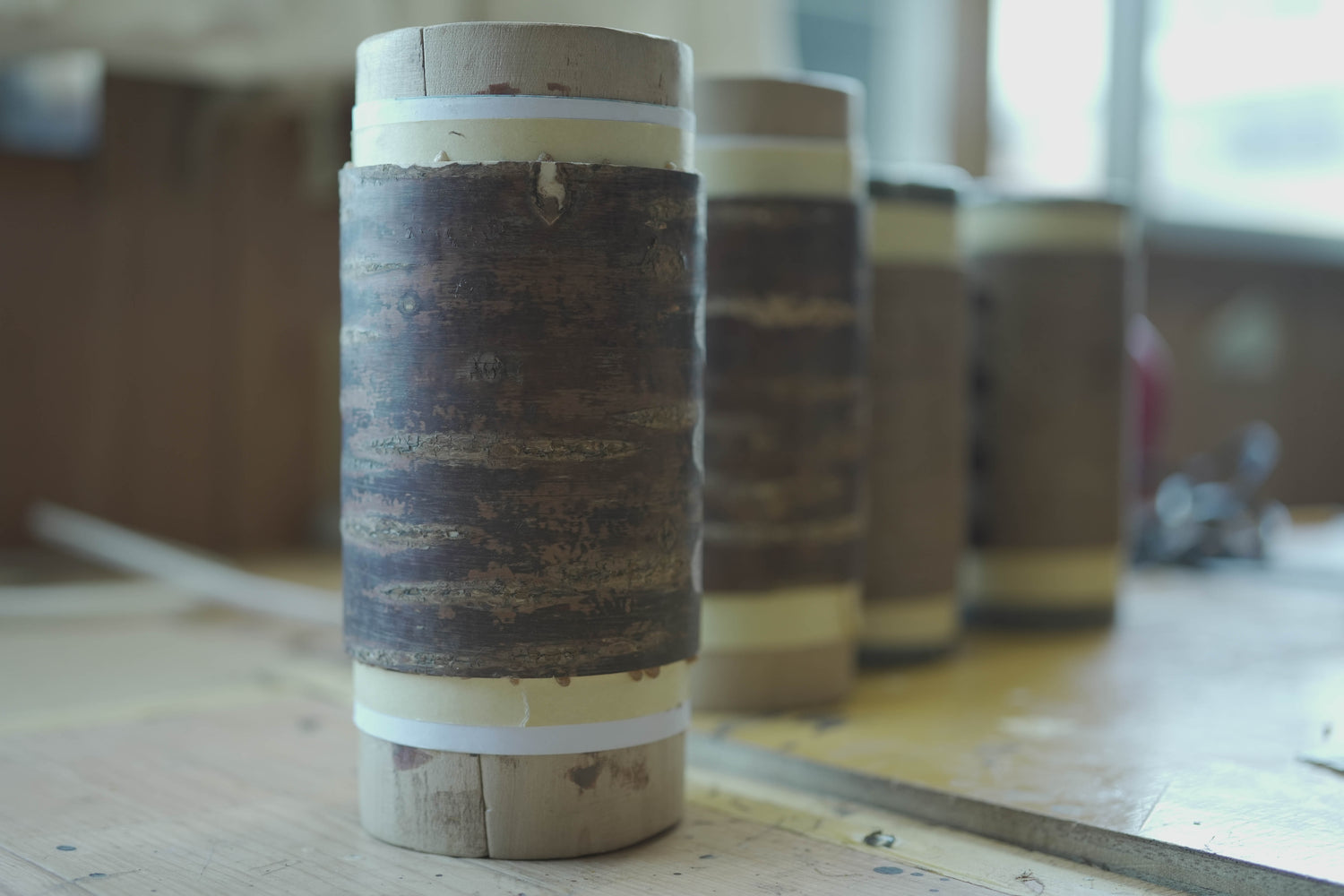
The birch craft method
There are three traditional techniques for kabazaiku craftsmanship. "Katamono" involves creating a core that matches a wooden mold and applying kabazaiku bark over it to form cylindrical objects. "Kijimono" uses a wooden base as the foundation. "Tatamimono" involves layering and adhering dozens of polished wild cherry bark pieces to create thickness, which is then carved into various shapes.
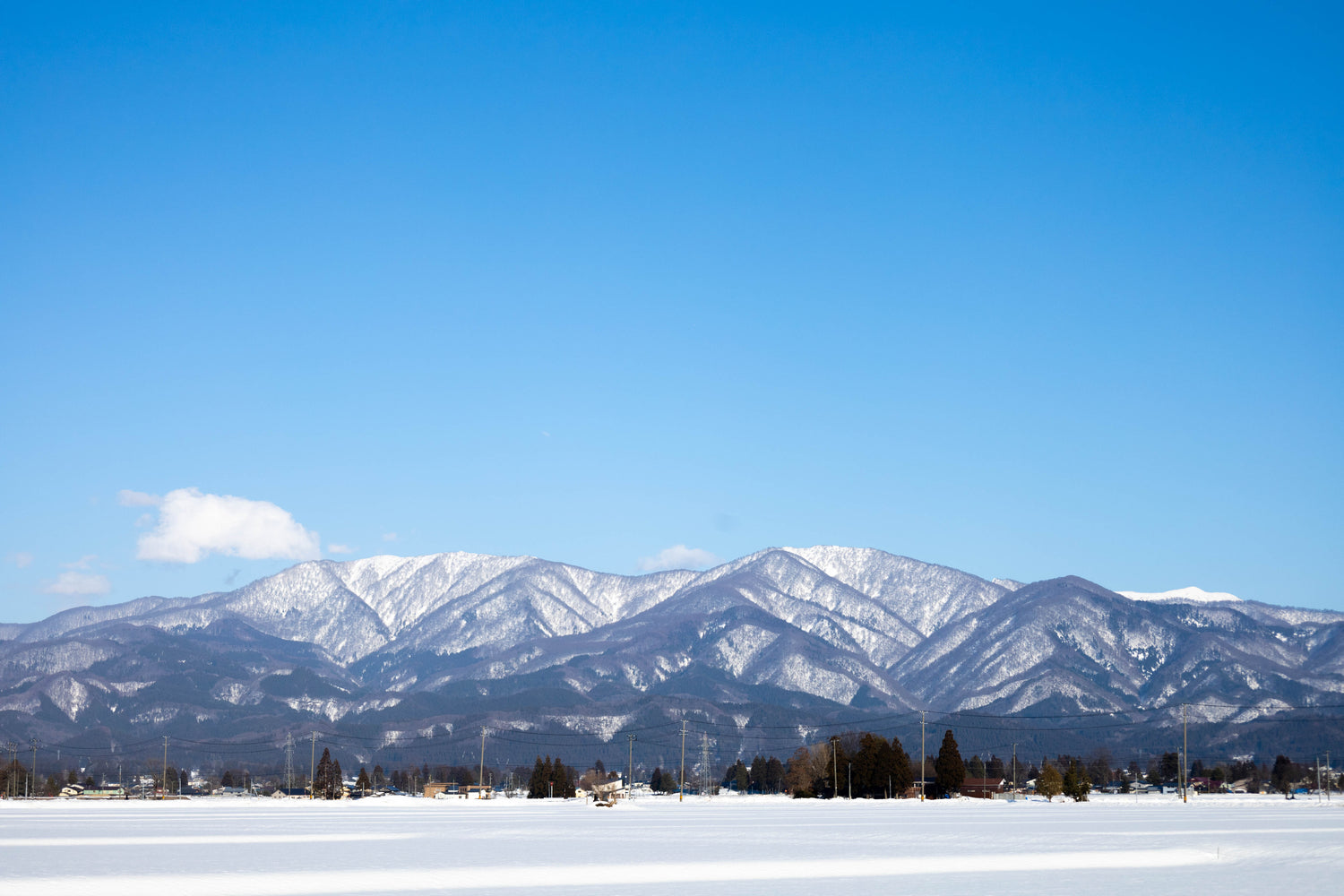
Mountain and birch crafts
We harvest bark from wild cherry trees in broadleaf forests where forest renewal operations are conducted (with felled trees primarily used as pulp material). From the end of the rainy season through around September, our craftsmen personally enter the mountains, climb the wild cherry trees before they are felled, and harvest the bark. The wild cherry trees that are subsequently felled will sprout new growth and form multiple stems, multiplying several times over, thus contributing to forest conservation and the preservation of local industry.
Birch crafts
Kabawork originates from Kakunodate in Akita Prefecture, surrounded by mountains. The bark of wild cherry trees, which serves as the raw material for Kabawork, is carefully peeled from the trunk and air-dried in the shade for over 2 years to remove moisture. This bark is then meticulously shaved with a knife to bring out the characteristic luster and subtle, deep coloring unique to the bark. Due to its properties of avoiding humidity while preventing drying, it is utilized in items such as tea canisters.
Other products
-
Frustum clay pot (white glaze)
Regular price $65.00Regular priceUnit price per -
ST Mesh Dripper M (for 1 to 4 cups)
Regular price $18.00Regular priceUnit price per -
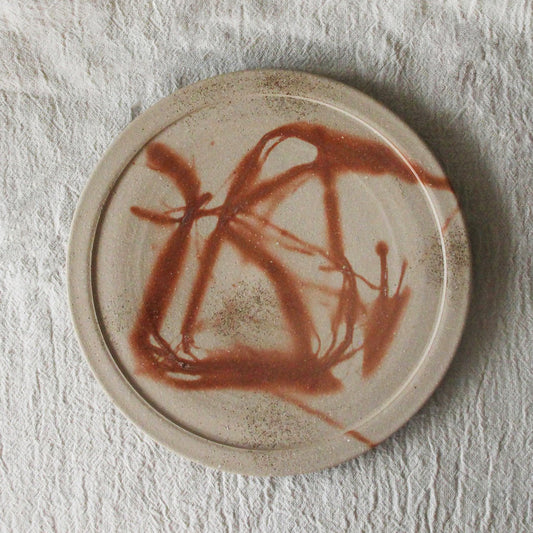 Sold out
Sold outDinner plate 27cm (Hidaski)
Regular price $53.00Regular priceUnit price per -
7 domestic palm brooms
Regular price $152.00Regular priceUnit price per




